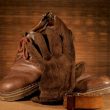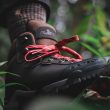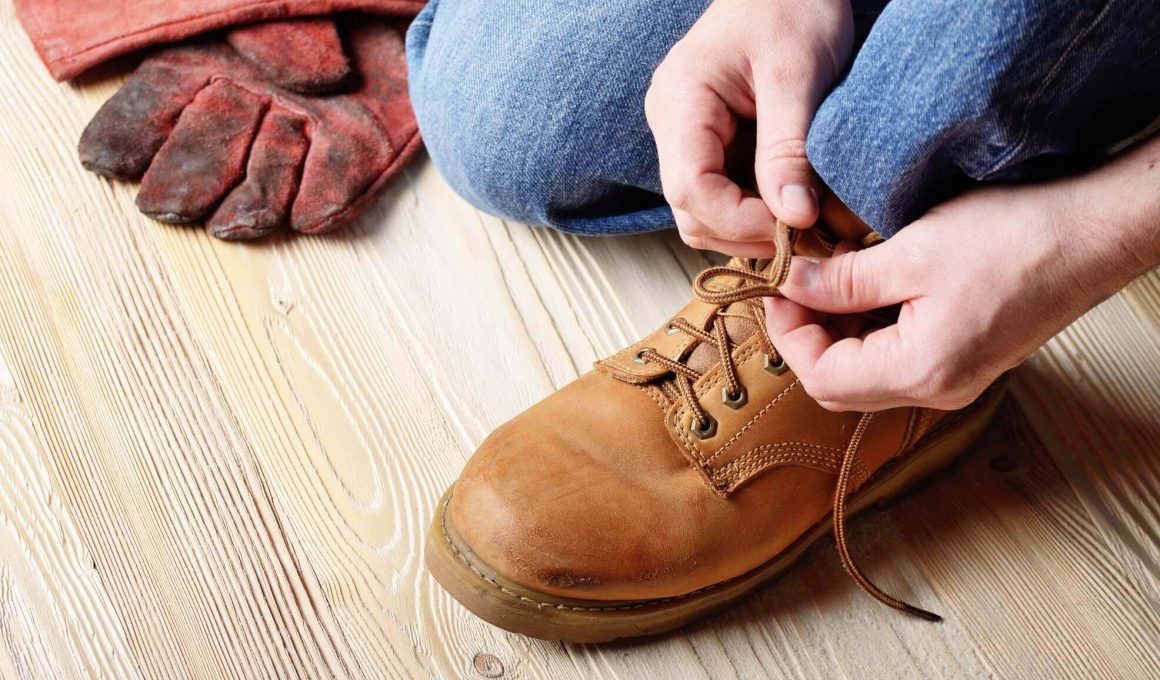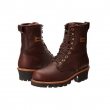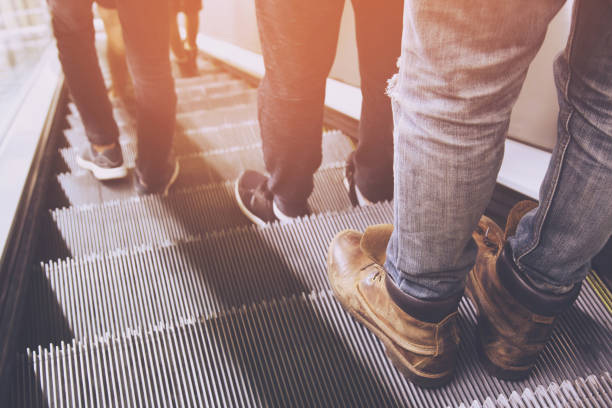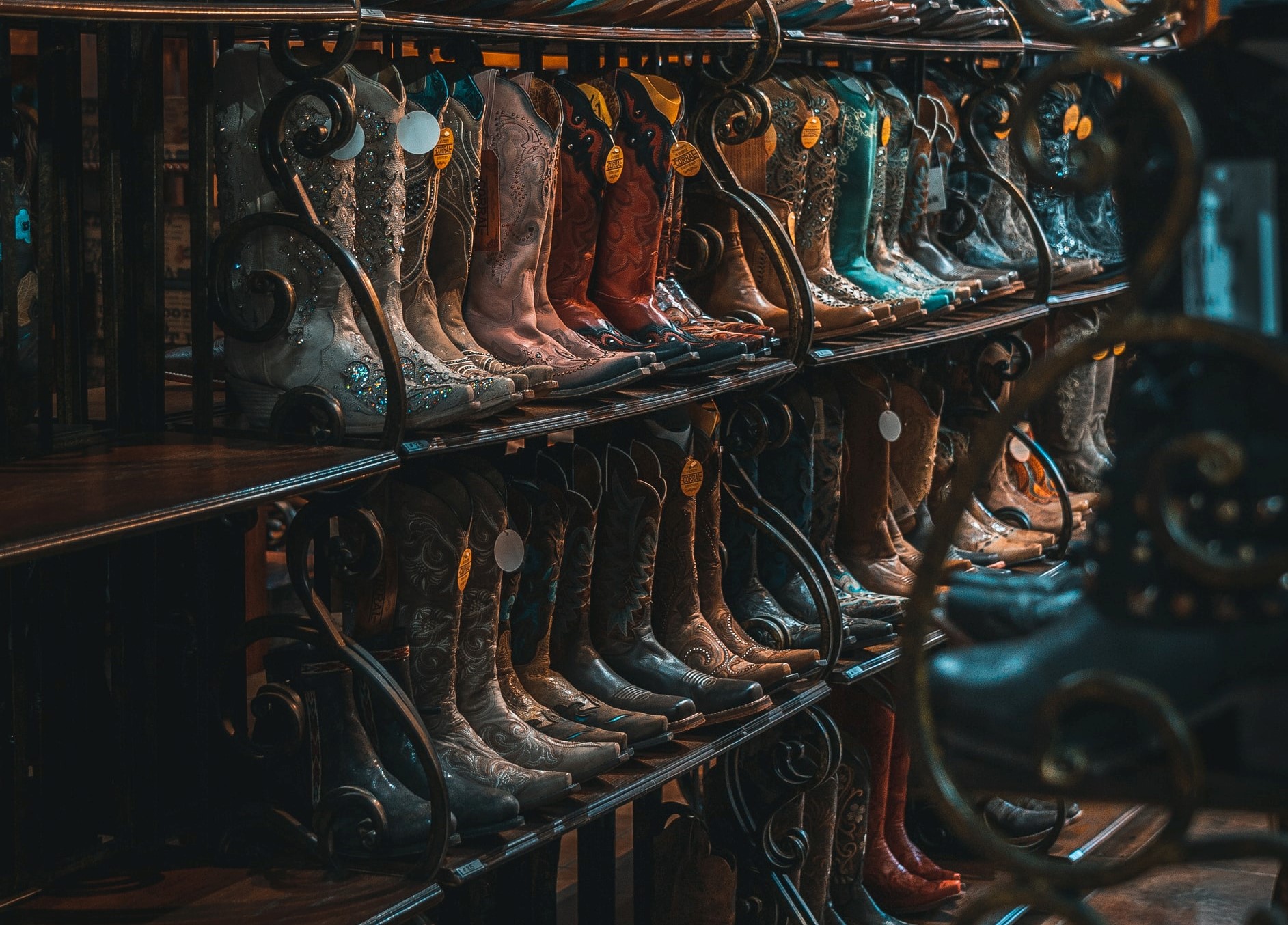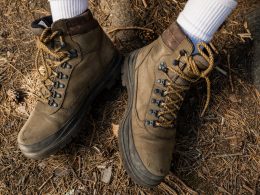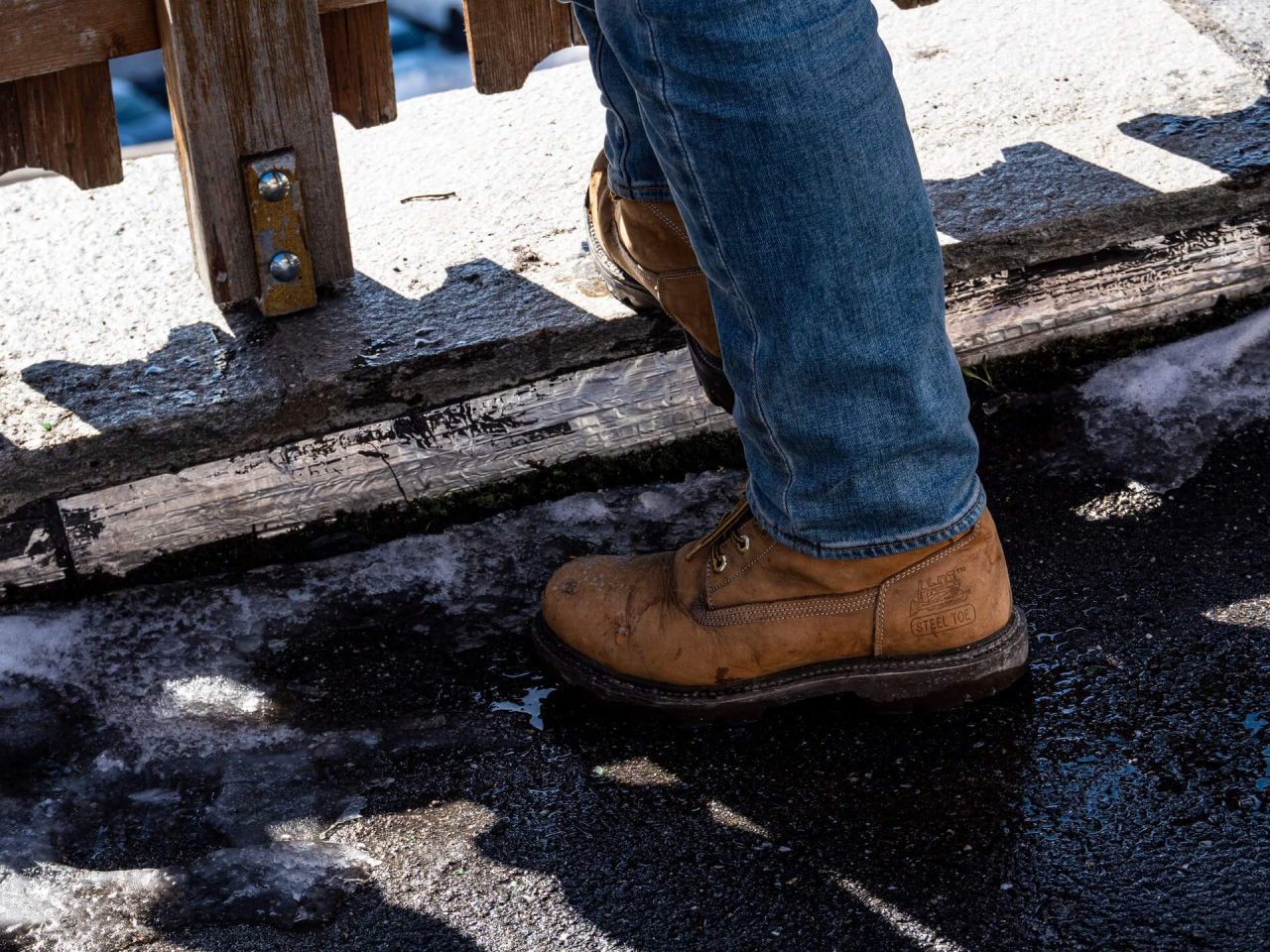Workwear Guru is reader-supported. When you buy through links on our site, we may earn an affiliate commission. Learn more
Are you someone that works in a hazardous environment that requires you to stand around all day or maybe even move heavy machinery? Did you buy some work boots that either fit too loose or too tight and hurt your feet? Don’t worry, we’ve all been there. Picking the right size for your work boots is not an easy task; this is why we have prepared a guide on how work boots should fit.
How Should Your Work Boots Fit?
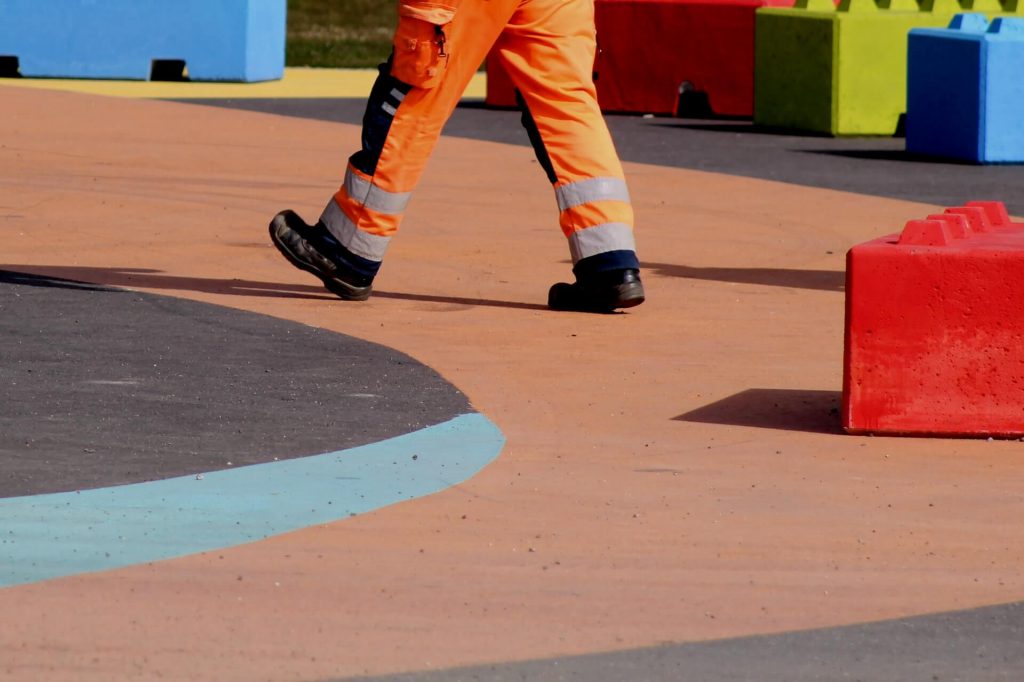
Standing on your feet all day is quite challenging, which is why you should never take for granted the comfort of your feet. This means that you should only wear work boots that fit you snugly and don’t cause you problems. So, how should your work boots fit? Well, they shouldn’t be too loose nor too tight; both of these extremes will make things very uncomfortable and difficult for you. The perfect work boot size fits you snugly and leaves enough room for you to move around. There are three important parts of your feet that need close attention when it comes to trying on work boots.
On the heel
You will know that your work boots fit you perfectly if your heels do not slide out as you’re walking or do not rub against the back of the boot. The sides of your feet should not feel any pressure or pain, so look for the interior stitching and make sure it does not dig into your feet or even chafe them.
On the arch
Arch support is a highly important factor in how work boots should fit because it balances out the pressure of the feet while you’re walking by putting some of that pressure on the arches rather than only on the heels and toes. Your work boots should fit snugly around your arches, well enough to support them but not so tight that you don’t have free movement.
On the toe box
You should have at least one inch of space in the toe box so you have plenty of room to wiggle your toes. To find out if some work boots are right for you, try sliding your feet forward and feeling how much room you have at the end of the unlaced boots.
How Should Pull-On Work Boots Fit?
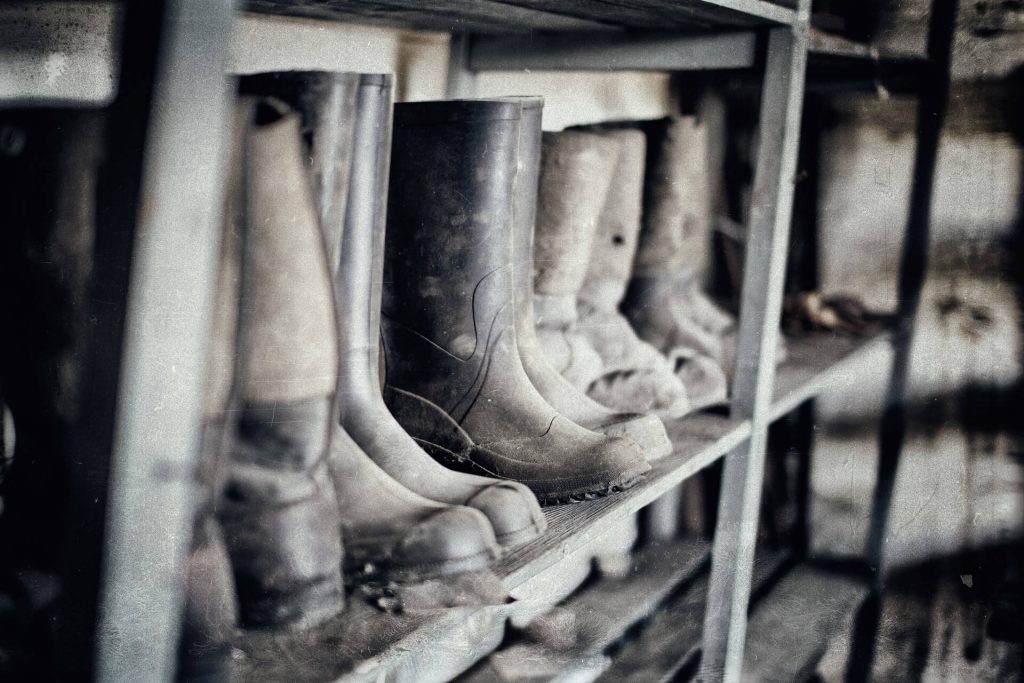
As the name suggests, pull-on work boots are boots that you can just slide on without the hassle of zippers or laces. This makes them more convenient since it’s quicker and easier to put them on, and also there’s no danger of tripping on your laces or getting them caught in heavy machinery. Pull-on and lace-up work boots are also different in the way they should fit.
As opposed to lace-up boots, pull-on boots should actually have a looser fit. This is because it makes it easier to put them on and off. You’ll know pull-on boots are your size if your feet comfortably slide inside the boots and there’s plenty of room for your toes and heels. If a pull-on boot is extremely easy to slide your feet into, it’s probably too big of a size for you, and if you have to really try hard to put them on, they’re most likely a size too small for you.
Pull-on work boots are more suitable for people with wider feet. However, for people who work as first responders, pull-on work boots might not be the right choice for them because of the lack of ankle support and secure fit.
How Do You Find the Right Fit for Your Work Boots?
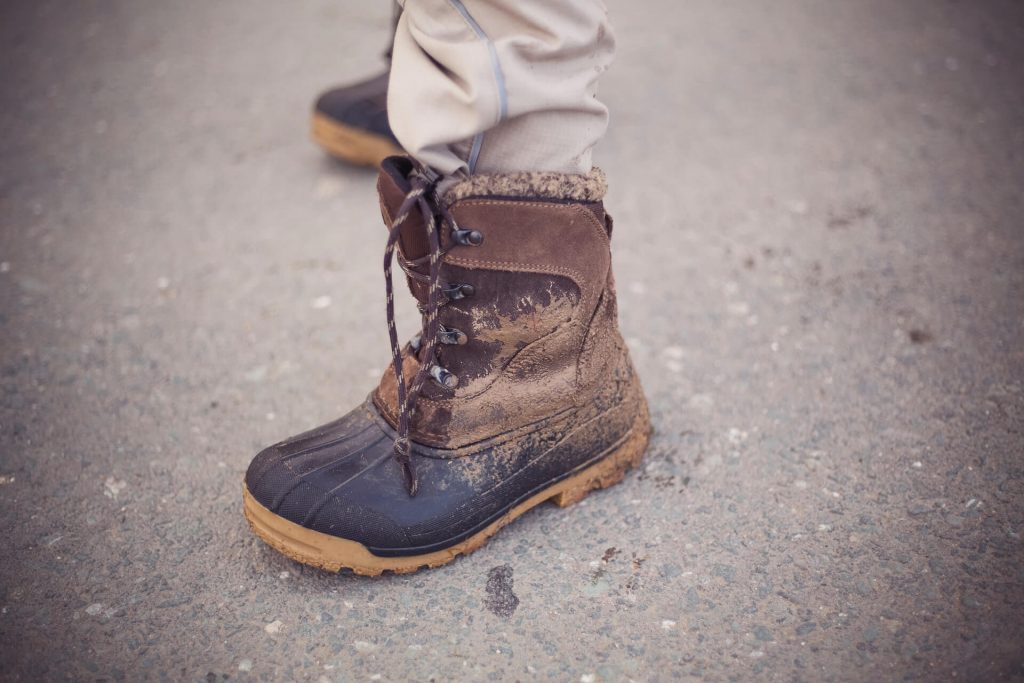
Let’s get practical! Now that you know in theory how your work boots should fit, it is time to go check them out. We have provided five important steps to take (pun intended) when you’re trying on work boots in order to find the right fit for you.
Wear socks
You probably already wear socks every time you go out shoe shopping, but let us tell you why exactly it is so important to wear the right kind of socks. First, if you wear socks while trying on work boots, you reduce the bulk of the boots and are able to make a better choice when you don’t feel like they’re too heavy.
Second, wearing socks while trying on work boots will improve your circulation and breathability. You need protection on your feet in addition to your work boots, and socks are the perfect cover for that. You will most likely get blisters if you don’t wear socks, even if the work boots fit you perfectly.
The best kind of socks to wear when trying work boots are those with cushioning and are neither too thin nor thick. If you wear socks that are too thin, you might end up getting a size too small or vice versa; if you wear wool socks, for example, this might result in getting work boots that are too large. So choose carefully before going out work boot shopping.
Try both boots
It is important to note that you should always need to try on both work boots at the same time so you get a better feel of whether they are comfortable or not. The reason is that your feet might have swollen throughout the day either from walking or working. Also, some of us have one foot that differs from the other by a smidge, so even though it is not much, it can still make a difference when picking out form-fitting and comfortable work boots for yourself.
Walk in them
So now that you’ve tried on the boots, all that’s left to do is take them for a test run. You should always do a walk test in your work boots before purchasing them. Make sure to walk, hop, stand in one place, do knee raises, and even do a little running. This might seem over the top, but you should always take all of the measures before purchasing something that is designed to help you be more comfortable at your workplace.
Some work boots might fit fine when you’re standing in one place, but when you try to walk in them they might hurt your toes or heels. So make sure to cover all your bases!.
Roll your ankles
As mentioned before, ankle support is crucial To ensure that the ankle support is superb, slowly roll your ankles and see if it feels uncomfortable or they feel pressured. You should also stand on the sides of your feet if you really want to test the work boots’ ankle support.
Check your feet for marks
After you’ve tried on the work boots and taken them off, you should check your feet for any marks that the interior design might have unfortunately left on your feet. Sometimes you might not even feel the chafing or blisters forming, which is why when you’re trying on a new pair of work boots, you should check afterward if they left any marks or red spots that you didn’t feel while having them on. You don’t need those kinds of surprises at the end of a long workday.
Conclusion
Hopefully, after reading this article you will have a better and clearer understanding of how work boots should fit. If you already have experience with work boots but still struggle to find a pair that fits you like a glove, why don’t you consider getting custom-made boots? This method will not only ensure a proper fit, but it can also accommodate the differences between your two feet. The quest for right-fitting work boots doesn’t have to be that arduous after all.



